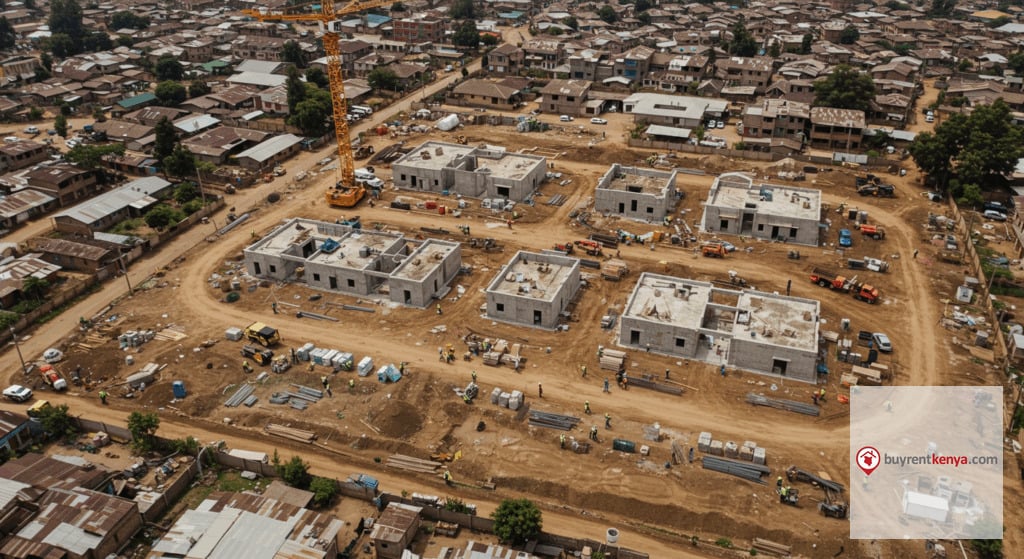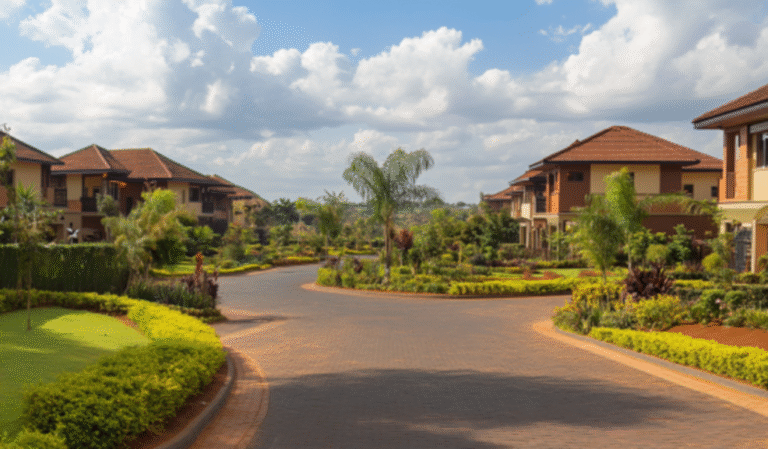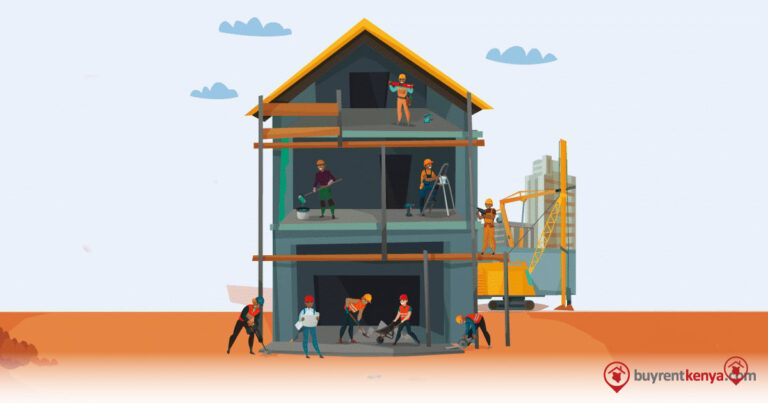Environmental Oversight Halts Lang’ata Housing Project: What This Means for Kenya’s Affordable Housing Agenda
- The National Environment Tribunal has temporarily halted the Southlands Affordable Housing Project in Lang’ata
- The proposed development includes 17-storey apartment blocks featuring 15,950 housing units, a mix of social and affordable housing.
- Last week, residents took to the streets in protest, citing exclusion from the planning process and concerns over environmental and social impact.
- Can Kenya meet its affordable housing targets without compromising environmental and community safeguards?
The National Environment Tribunal has temporarily halted the Southlands Affordable Housing Project in Lang’ata, a government-backed development, following a petition by Busia Senator Okiya Omtatah. The senator raised concerns about the absence of a proper Environmental Impact Assessment (EIA) and inadequate public participation—both of which are legal prerequisites for such a large-scale project.
Valued at KSh 25 billion, the project was set to sit on a 37-acre parcel of land. Just two months ago, the initiative was officially launched through a groundbreaking ceremony led by President William Ruto. The proposed development includes 17-storey apartment blocks featuring 15,950 housing units, a mix of social and affordable housing. These will range from single-room units to two- and three-bedroom apartments, with plans for access roads, green spaces, and children’s play areas.
At the launch, President Ruto emphasized that the housing project aimed to transform informal settlements in Lang’ata and Kibra into modern estates offering dignity and decent living conditions.
However, the project has faced growing resistance from the Mugumoini community. Last week, residents took to the streets in protest, citing exclusion from the planning process and concerns over environmental and social impact. Notably, the area is zoned as a controlled development zone, adding another layer of contention.
According to Fred Muriungi, Chairman of the Lang’ata Settlement Residents Association, the existing population of around 50,000 is already stretching public infrastructure to its limits. “We’re looking at an influx of over 70,000 new residents. Our roads, schools, and water systems can barely handle the current numbers. This project will overwhelm the area if done without proper planning,” he said.
READ ALSO: Boma Yangu Project Demystified: Essential Facts and Insights
What This Pause Signals
This suspension raises a critical question: Can Kenya meet its affordable housing targets without compromising environmental and community safeguards?
While the intention to provide decent housing is laudable, the Lang’ata case illustrates why community engagement and environmental due diligence are essential. As the government pushes forward with its national housing agenda, this case could set a precedent for how future projects are assessed, and accepted, by the public.
READ ALSO: CS Wahome: Housing Levy Funds Construction, But Home Ownership Not Assured








